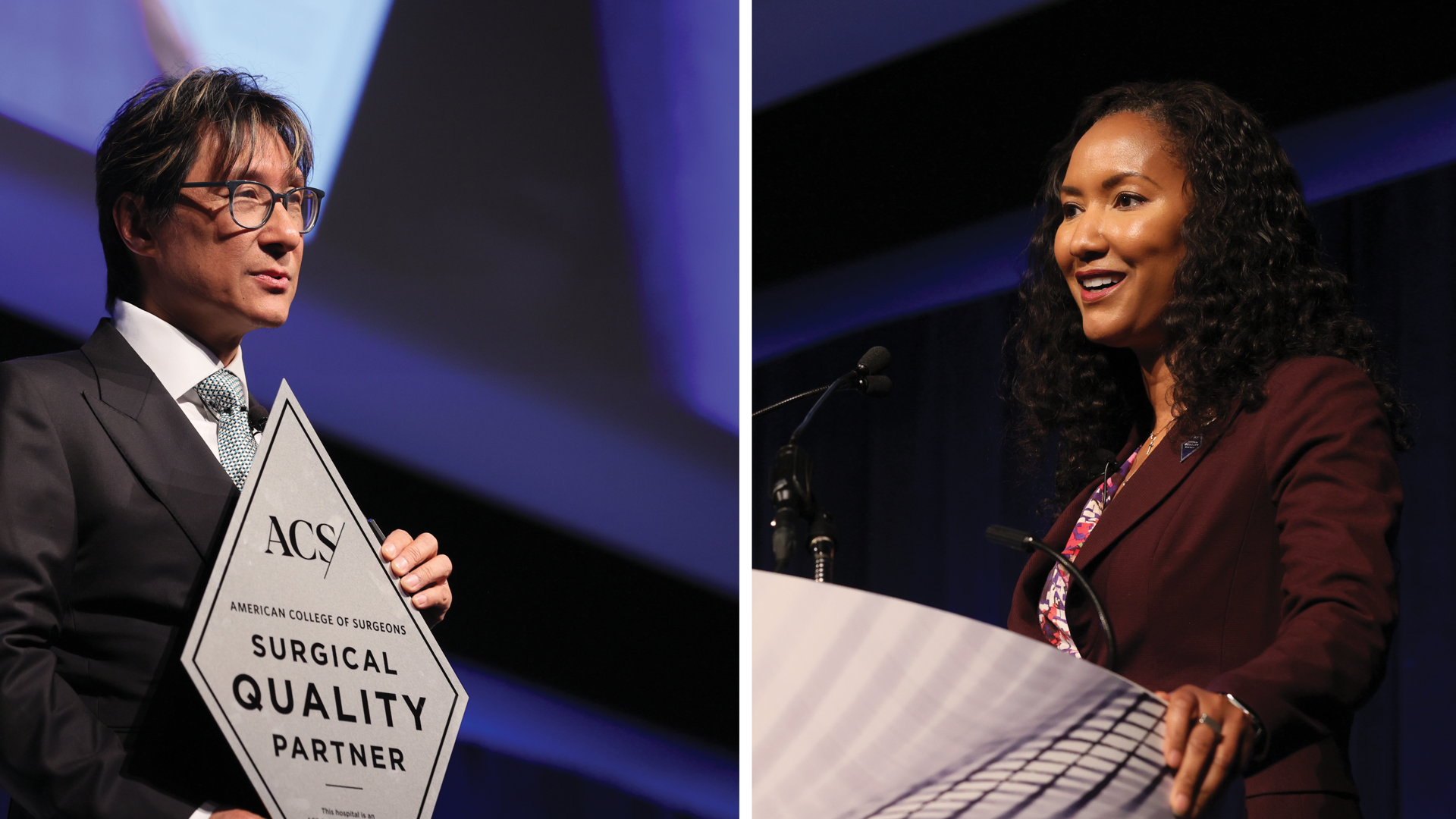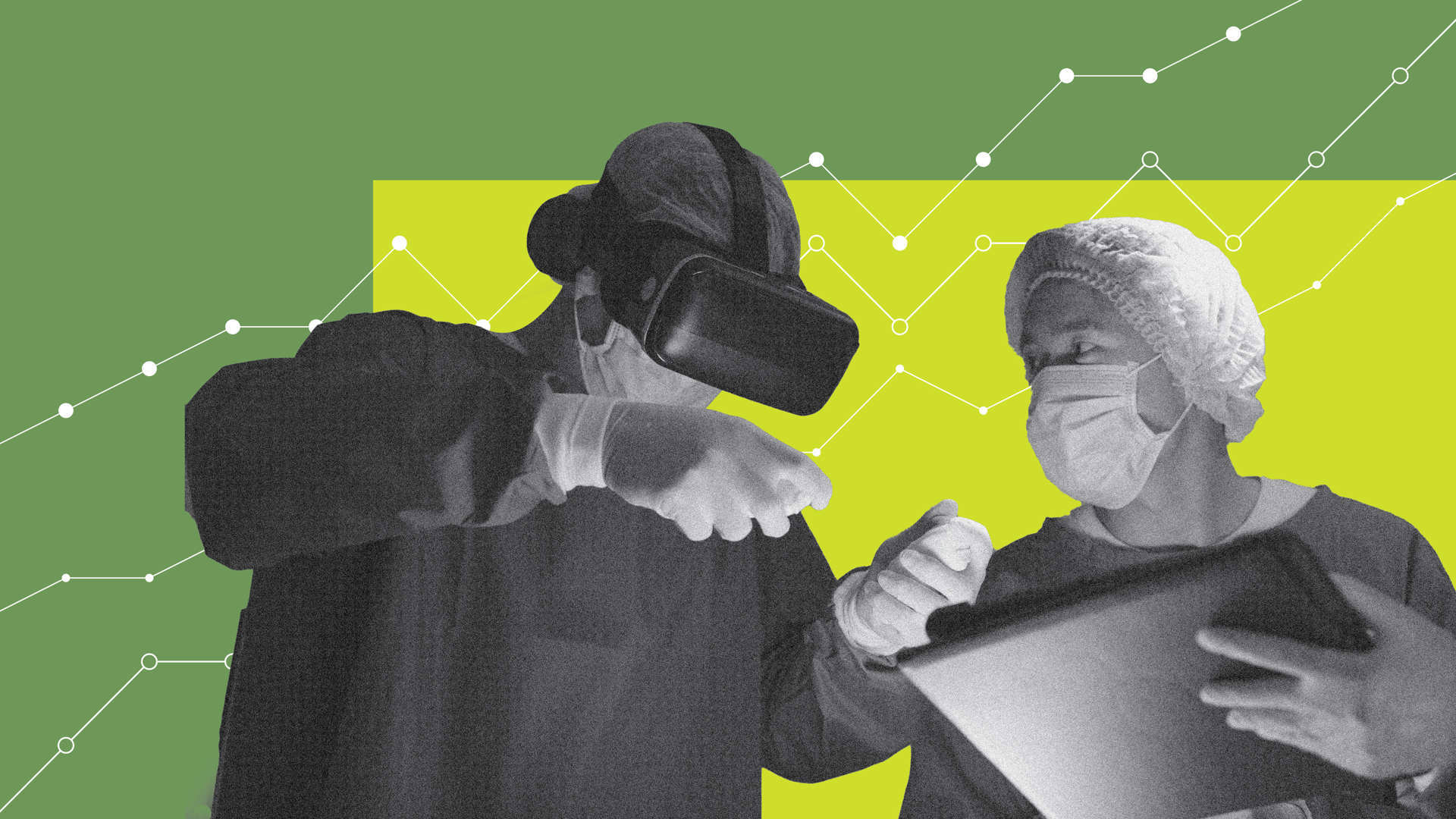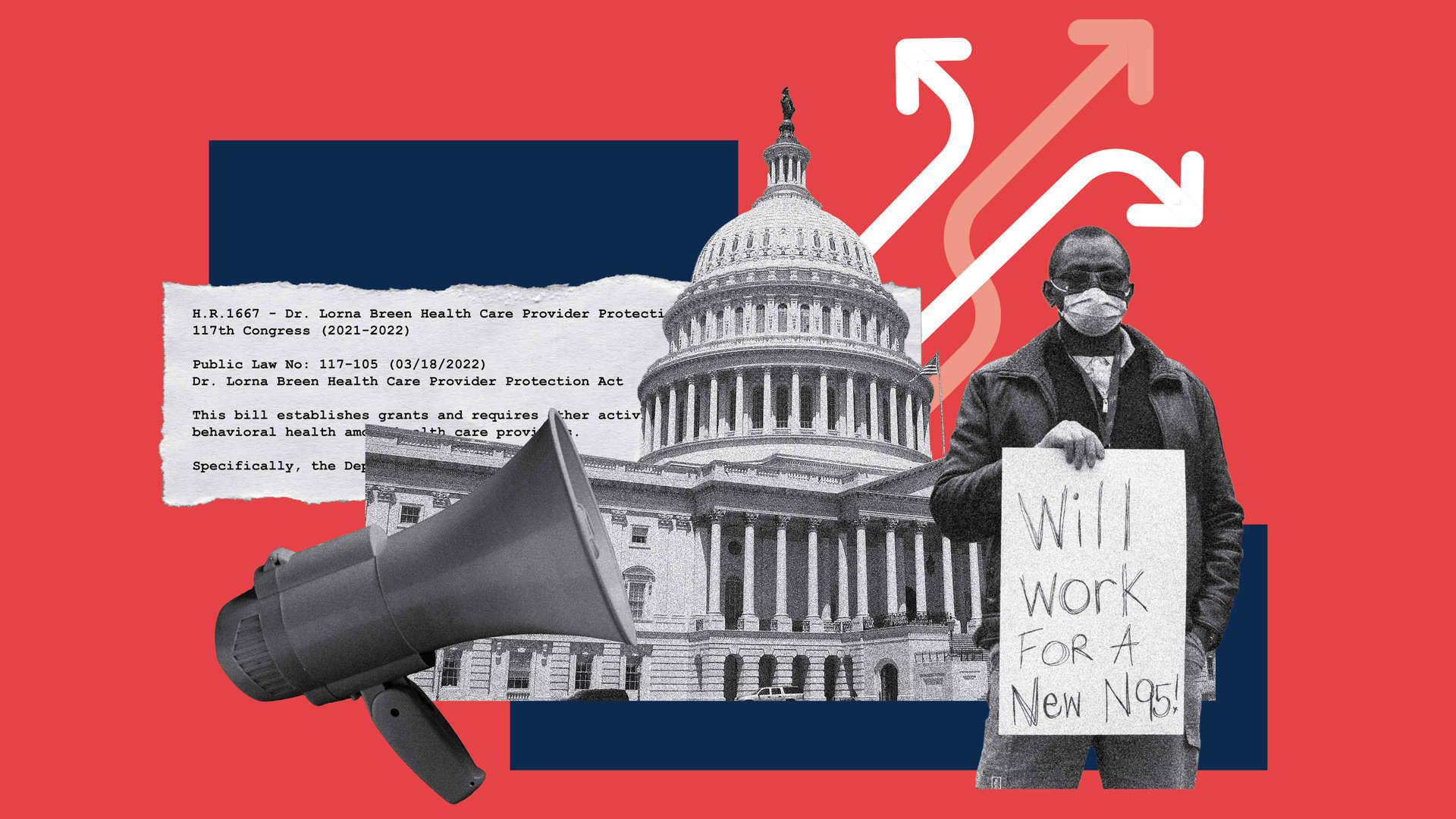In April 2020, a researcher from the UK examined a case study involving a 23-year-old patient who experienced a light source-related burn after undergoing a routine arthroscopic surgery.*
Arthroscopy—as well as laparoscopy and thoracoscopy—requires an illumination system to provide the surgeon with better visualization of the body cavity or bone joint. To accomplish this, surgical teams use light sources featuring fiber-optic or gel-filled cables.
In this case, the patient underwent surgery for a lateral meniscus tear. The team was made up of an experienced surgeon and scrub nurse, and the surgery was noted to be “uneventful.” However, after the team removed the surgical drapes, they found a “circular and white lesion with an inflamed periphery measuring about 1 [centimeter] in diameter” on the patient’s thigh. The team also found a pinhole-sized perforation in the surgical drape where the patient’s thigh was located during the procedure.
While there was no evidence of smoke or burning, the team noted the light source had been on for approximately 50 minutes. The patient was referred to a plastic surgeon who diagnosed the patient with a full-thickness burn. According to the patient, the burn was painful, and it took several months to heal.
Later, the surgeon tested the light source on himself to investigate the issue. Within 20 minutes of the light source being on at its maximum brightness and pressed to his skin, he said it was too hot to continue, and it left a “small white mark.” The surgeon also tested the light source on a surgical drape, and he noted that “it produced a small burnt perforation in the paper without visible smoke.”
The surgeon reported that within hours, blisters appeared on his skin where he had tested the light source and even “at points that were not initially blemished following contact with the cable adaptor or the arthroscope end.” The lesions were inflamed for several weeks, and the scars remained for nearly 6 months.
“Self-experimentation suggests the burn likely developed at the end of the procedure, by inadvertent approximation of the cable to the drape overlying the patient’s thigh,” the study author wrote.* “The diameter of the burn suggested it could not have arisen from the tip of an illuminated arthroscope.”
The study also noted that “the most troubling aspect of this case is that the patient was burnt without the surgical team being aware.”
Light source-related burns are a real problem that can affect all practitioners, from residents in training to board-certified surgeons. Since 2019, more than half of the fires/burns-related sentinel events that have been reported to The Joint Commission were associated with surgical or invasive procedures—and nearly 15% of those periprocedural incidents were related to light sources.
Everyone should be taking the appropriate precautions so that these situations become “never events.”
To assist healthcare organizations, The Joint Commission issued a Quick Safety newsletter addressing this topic. Several safety actions were suggested to help prevent burns related to the use of light source scopes, including:
- Educate all surgeons, including physicians in training, who perform laparoscopic, thoracoscopic, or arthroscopic procedures on the importance of handling the scope safely.
- Implement system changes to minimize the risk of patient burns associated with laparoscopy, thoracoscopy, and arthroscopy.
- Label light sources with the following: “Warning: High-intensity light sources and cables can ignite drapes and other materials. Complete all cable connections before activating the light source.”
- Do not turn on the light source before the cable is connected to the scope; the end of the cable becomes hot and could ignite dry combustibles.
- If the cable is disconnected from the scope during surgery, hold the cable end away from the drapes or place it on a moist towel.
- Keep illuminated light cords away from drapes, the patient’s skin, personnel’s skin, and any flammable material.
- Connect the correct-size light source to the correct scope.
- Inspect all instruments and equipment before use to ensure the equipment is in good working order.
The Quick Safety also has information on how the light source can cause a burn and when high temperatures may be produced. The issue may be read for free at: jointcommission.org/resources/news-and-multimedia/newsletters/newsletters/quick-safety/quick-safety-issue-69.
Disclaimer
The thoughts and opinions expressed in this column are solely those of Dr. Jacobs and do not necessarily reflect those of The Joint Commission or the American College of Surgeons.









